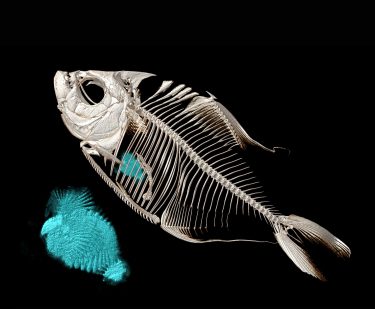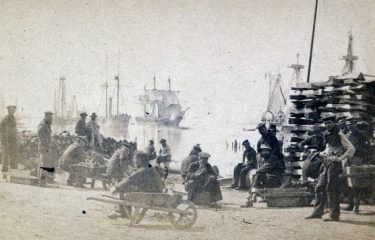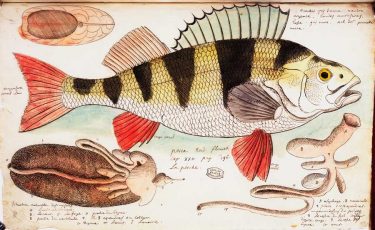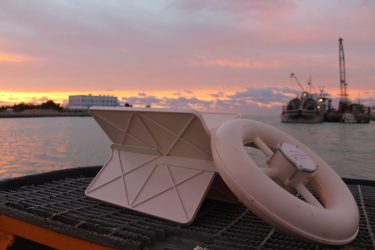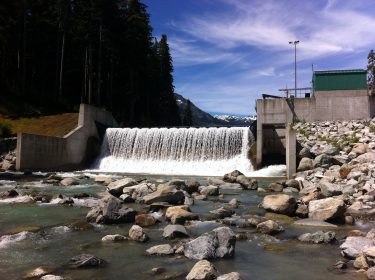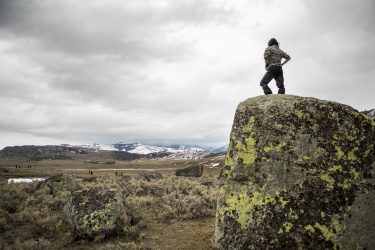
Each spring for the past 20 years, students and professors from the College of the Environment make a classroom out of one of the world’s most closely monitored ecosystems: Yellowstone National Park.
A week of intensive fieldwork followed by a research project and presentation, the School of Environmental and Forest Sciences’ course “Wildlife Conservation in Northwest Ecosystems” teaches UW students about the intertwined ecosystem of America’s oldest national park.
Leading students in the field are professors John Marzluff, a bird expert with a focus on ravens, crows and jays; Aaron Wirsing, who studies how large carnivores shape the behavior of their prey; and Beth Gardner, who uses mathematical models to monitor and manage wildlife, plant and fisheries populations. Together, they teach their students about the rigors of science, life in the field — and what their futures might look like.
Students gain experience they’ll bring back to their classrooms and to their future careers. See what the students see as you explore the park with them, then take a deeper dive into how scientific research helps people manage Yellowstone’s complex ecosystems for both humans and wildlife.




